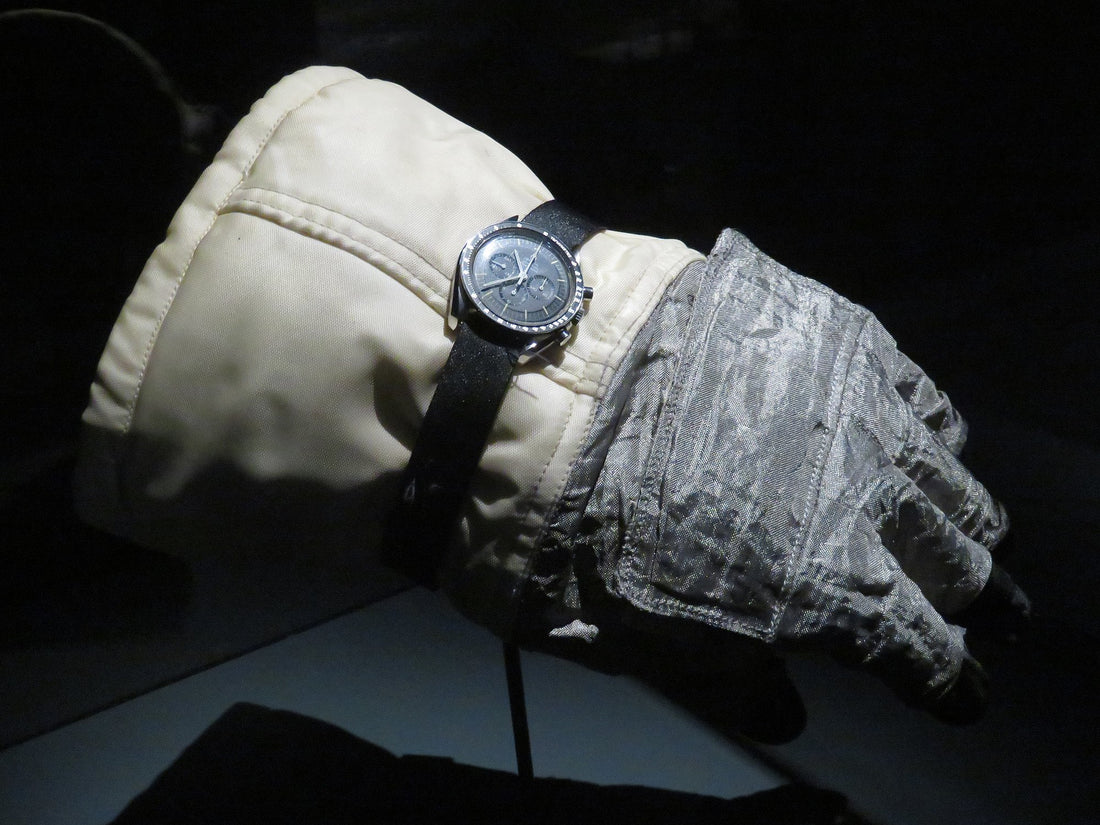
Omega Speedmaster - 1969
Share

The Omega Speedmaster is more than a timepiece; it’s one of the most iconic watches in human history. First introduced in 1957 as a sports and racing chronograph, it was never initially intended for space travel. But in the 1960s, when NASA began searching for a wristwatch suitable for astronauts, the Speedmaster stood out. It underwent a battery of brutal tests designed to simulate the harshest conditions imaginable: extreme temperatures, violent shocks, high humidity, vacuum, and even exposure to intense vibrations and acceleration. Out of all the watches tested, only the Speedmaster survived. It was officially certified by NASA for manned spaceflight in 1965 and went on to accompany astronauts on the Gemini and Apollo missions. In 1969, it earned its place in history when Buzz Aldrin wore it on the surface of the moon during Apollo 11, making it the first watch worn on the lunar surface. Since then, it has earned the nickname “Moonwatch.” Perhaps its most heroic moment came during Apollo 13. After an explosion crippled the spacecraft, astronauts relied on their Speedmaster chronographs to time a critical 14-second engine burn, helping ensure their safe return to Earth. For this, Omega received NASA’s prestigious Silver Snoopy Award. Decades later, the Speedmaster remains essentially unchanged in design, a testament to its enduring quality and cultural significance. It continues to be flight-qualified by NASA for all manned space missions and is still worn by astronauts today. Collectors, engineers, and dreamers admire the Speedmaster not just for its craftsmanship, but for the incredible legacy it represents. It is a symbol of resilience, precision, and human achievement, and proof that even a wristwatch can play a role in shaping history.







